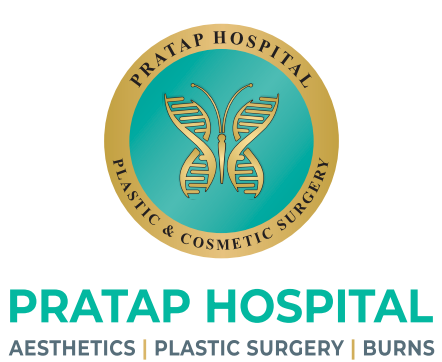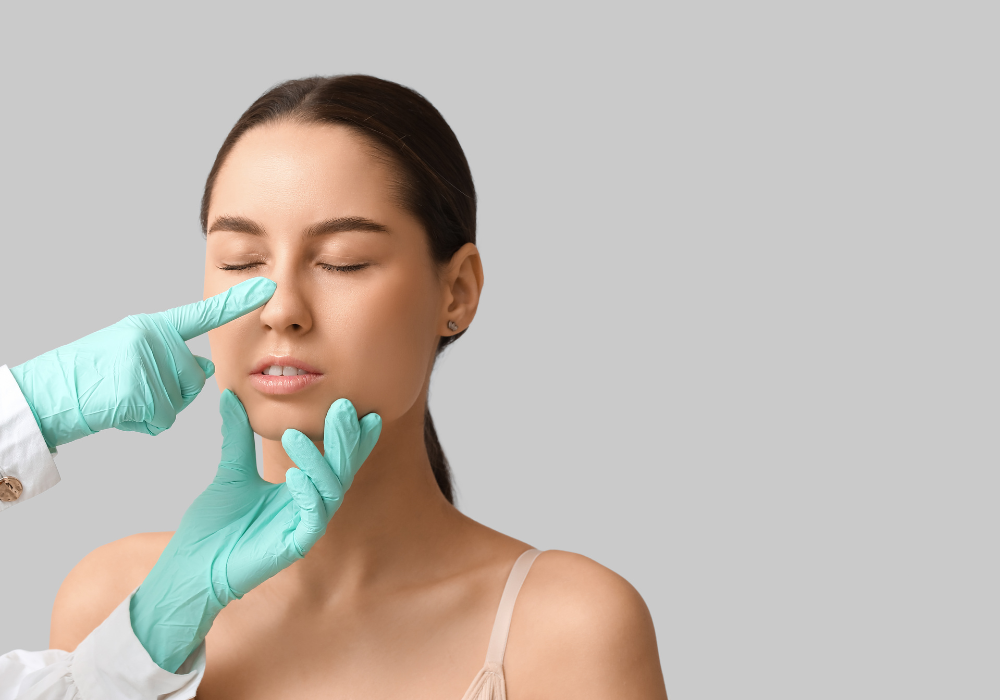
- Home
- About
- Surgical
- Non Surgical
- Burns
- Cranio-maxillofacial surgery
- Gallery
- Contact
Maxillofacial Trauma — Restoring Facial Form, Function & Safety
Maxillofacial trauma includes injuries to the face, jaws, mouth, and surrounding structures—areas essential for breathing, vision, eating, speaking, and appearance. These injuries can result from road accidents, falls, sports injuries, industrial accidents, or assaults, and require immediate, highly specialized care.
At Pratap Hospital, Vijayawada, we provide comprehensive maxillofacial trauma treatment using advanced surgical planning, 3D CT evaluation, and precision reconstruction techniques.
Led by Dr. Pratap Duggirala (M.S., M.Ch – Plastic & Reconstructive Surgery), one of the leading facial trauma and reconstructive surgeons in Andhra Pradesh, we focus on restoring function, symmetry, and long-term facial harmony, ensuring patients regain both confidence and quality of life.

- Overview
- Types of Maxillofacial Trauma
- Why People Choose Maxillofacial Trauma Care at Pratap Hospital
- Who Is This Service For?
- Surgical Techniques Used
- Surgical Process
- Frequently Asked Questions
Maxillofacial trauma involves damage to the:
Facial bones (jaw, cheekbone, nose, orbit)
Soft tissues (skin, muscles, nerves)
Oral cavity (teeth, gums, alveolar bone)
Supporting structures (sinuses, eye sockets)
These injuries require timely diagnosis and expert reconstruction, as neglected trauma can lead to deformities, breathing issues, jaw joint problems, vision disturbances, and long-term functional limitations.
At Pratap Hospital, we combine emergency care with long-term reconstructive planning to ensure safe, aesthetic, and stable outcomes.
A. Bone Injuries
Mandibular fractures (jawbone fractures)
Zygomatic fractures (cheekbone fractures)
Maxillary fractures (upper jaw injuries)
Nasal fractures
Orbital fractures (eye socket injuries)
Pan-facial fractures – multiple fractures involving the entire face
Dento-Alveolar fractures – involving teeth and supporting bone
B. Soft Tissue Injuries
Facial lacerations
Muscle injuries
Nerve damage (e.g., infraorbital or facial nerve)
Tear duct injuries
Scalp or lip avulsions
C. Combined Injuries
Involving both bone and soft tissue, requiring advanced reconstruction to restore symmetry and function.
Patients and families choose us because of:
✔ Advanced Imaging & Diagnosis
3D CT scans, facial mapping, and precision trauma assessment.
✔ Expertise in Facial Reconstruction
Led by Dr. Pratap Duggirala—specialist in trauma correction, bone plating, and aesthetic restoration.
✔ Minimally Visible & Scarless Techniques
Whenever possible, incisions are placed inside the mouth or natural skin creases.
✔ 24/7 Emergency Trauma Care
Immediate stabilization of facial bleeding, fractures, or airway compromise.
✔ Comprehensive Rehabilitation
Dental, functional, cosmetic, and psychological support post-surgery.
✔ Long-Term Results
Focus on restoring natural symmetry, bite alignment, and long-term facial harmony.
Maxillofacial trauma care is ideal for individuals with:
Facial fractures or suspected fractures
Road traffic or bike accident injuries
Falls causing jaw, cheek, or nose fractures
Sports injuries impacting facial bones
Assault-related trauma
Occupational injuries
Complex or multiple facial injuries
Facial deformities due to neglected fractures
It is also essential for anyone experiencing:
Difficulty breathing
Misaligned bite
Inability to open/close the mouth
Vision disturbances after trauma
Numbness or loss of facial sensation
Irregular facial contour after an injury
A. Open Reduction & Internal Fixation (ORIF)
Fractures are realigned and stabilized using titanium plates and screws.
B. Closed Reduction Techniques
Non-invasive repositioning of fractures, used for nasal or minor fractures.
C. 3D-Guided Surgical Planning
Precise reconstruction using CT data and digital modeling.
D. Mini-Plate Osteosynthesis
Small titanium plates ensure stable bone healing with minimal tissue disruption.
E. Soft Tissue Reconstruction
Microsurgical repair, flap coverage, nerve repair, and scar revision.
F. Orbital Floor Reconstruction
Mesh implants or bone grafts restore the eye socket and prevent vision issues.
G. Aesthetic Recontouring
Correcting deformities or asymmetry caused by healed trauma.
Step 1: Trauma Evaluation & Stabilization
Airway, breathing, bleeding, and vision are assessed. 3D imaging is performed.
Step 2: Treatment Planning
Digital simulations, bite analysis, and fracture mapping.
Step 3: Surgery
Internal fixation of fractures
Soft tissue repair
Reconstructing bone and aesthetic harmony
Scar-minimized approaches
Step 4: Post-Operative Care
Swelling management
Antibiotics & pain control
Oral hygiene care
Diet modifications
Step 5: Rehabilitation
Jaw physiotherapy
Dental rehabilitation
Scar therapies
Follow-up imaging
Step 6: Long-Term Correction
If needed, secondary procedures to restore symmetry or correct irregularities.
1. How do I know if I have a facial fracture?
Common signs include swelling, pain, deformity, difficulty chewing, nose bleeding, or double vision.
2. Are maxillofacial trauma surgeries safe?
Yes. With modern imaging and surgical planning, the procedures are highly safe and predictable.
3. Will there be visible scars?
Most fractures are repaired via intraoral or natural crease incisions for nearly scarless results.
4. How long does recovery take?
Initial healing takes 2–3 weeks; complete bone healing takes 6–12 weeks.
5. Do plates or screws need to be removed later?
No. Titanium plates are biocompatible and designed to remain safely for life.
6. Can trauma affect my bite or teeth?
Yes. That’s why bite correction and dental rehabilitation are key components of treatment.
7. What if my injury happened months ago?
Neglected fractures can still be corrected using advanced reconstructive techniques.
8. Will surgery change the shape of my face?
Yes—usually restoring it to the normal pre-injury appearance with improved symmetry.
Book a Consultation
If you’re considering rhinoplasty for aesthetic enhancement or breathing improvement, schedule a consultation at Pratap Hospital today.
Our team will guide you through every step — from evaluation and planning to surgery and recovery — ensuring safe, effective, and natural results.
📍 Pratap Hospital — Reconstructive, Aesthetic & Microsurgery Centre
📞 Call / WhatsApp: +91 94929 69899
📧 Email: drpratapshospital@gmail.com

Before And After Results















